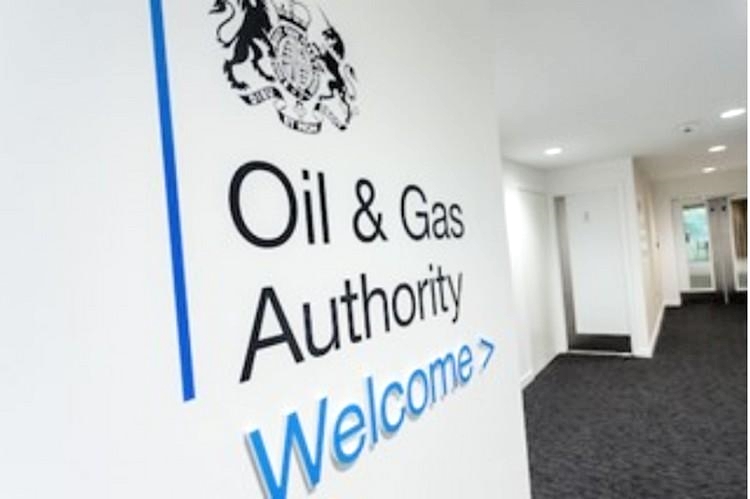Last month, the Oil and Gas Authority (OGA) suspended beleagured fracker Cuadrilla after the Lancashire earthshaker caused a 2.9ML earthquake. The OGA – the industry regular – says it’s considering the ‘appropriateness’ of Cuadrilla’s hydraulic fracture plan.
That’s raises questions because the OGA, just 16 days earlier, had greenlighted exactly the same hydraulic fracture plan.
Where does this leave the credibility of the OGA? That an important question because of the OGA’s involvement – along with 3 key stooges (see below) – in a planning decision due tomorrow (11th September) from Surrey County Council. The decision is on whether a local driller can increase the number of oil wells on its drill pad near the epicentre of even bigger earthquakes than Lancashire (the latest was on 2nd September).
The OGA has assured planners (and anyone else it can find to listen) that there’s nothing to see here. Locals are gathering outside the meeting to voice their discontent.
To shore up its whitewash, the OGA has wheeled out 3 partners. These have all been involved in the Surrey planning decision, and all are funded by the oil and gas industry. Below we look at who is who in the behind-the-scenes discussions of the Lancashire and Gatwick earthquakes.
The Oil and Gas Authority: a Comprimised Regulator
The OGA oversees drilling permissions around the country. Its self-professed mission is to “maximise the economic recovery of UK oil and gas”.
Indeed, the OGA receives £5m of funding to do just that from the UK Treasury (see p51 here).
High at the helm of the OGA is Chairman Tim Eggar. Eggar is an oil industry executive with various positions in government. An oil banker, Eggar’s history is a backstory of board positions for the likes of Monument Oil and Gas, Indago Petroleum, and 3legs Resources, Expro & Braemar and Energy venutures.
Meanwhile, Eggar’s number two is chief exectutive Andy Samuel who has 20 years’ experience at BG Group, an oil services conglomerate. Non-executive Frances Morris-Jones spent 30 years in oil and gas. The director of operations – Gunther Newcombe – spent most of his career in the same industry. It goes on.

The British Geological Survey at Keyworth. The organisation has released no accounts for the past seven years.
Stooge 1 – the British Geological Survey: a Patina of Industry Cleverness
The objective-sounding British Geological Survey (BGS) provides a patina of industry cleverness on any discussion around earthquakes. Indeed, the organisation likes to maintain it’s aura of mystery: it has produced no accounts, for example, for the past seven years.
Yet a look behind the scenes shows the BGS staff as thoroughly creatures of oil and gas industry.
The BGS Chairman , Keith O’Nions was given his fellowship of the Royal Academy of Engineering by ex BP Chairman Lord Browne. Indeed, O’Nions is a product of Imperial College London (see below).
And like many of the BGS staff, the BGS Director of Science and Technology Mike Stephenson has written many papers funded by industry.
Back in 2012 (the last time financial figures were produced) the BGS’s annual report showed 29% of the organisation’s funds came from companies involved in the hydraulic fracturing industry, including Chevron, ConocoPhillips, Exxon, BG Group and Schlumberger.

Imperial College London. BP has: “shaped research programmes, facilitated industry-academia debates … co-authored 23 journal and conference papers and forged connections with academics from nine of Imperial’s departments.”
Stooge 2 – Imperial College London: the High Academic Tower
Once the OGA and BGS have made their pronouncements, decision-makers and local press like to quote various academic insitutions to back up their inevitable support for industry. Imperial College London is a favoured recipient of such awkward kow-towing.
Yet it is clear where Imperial’s interests lie. As their website touts: “Imperial see BP as one of its main industry partners in terms of total research funding, recruitment and a key source of support, advice and insight.”
Imperial is prone to make obsequious pronouncements about how earthquakes and oil exploration cannot possibly be linked, with researcher Steve Hicks prominent in supporting industry denials of responsibility for the Gatwick earthquakes.
These conclusions, of course, will cause no problems for some of Imperial’s other corporate partners such as Qatar Petroleum, BG Group, Shell, Petronas, Total, Petrobras, Statoil.
But it is to BP that Imperial reserves its greatest plaudits. BP alone has: “shaped research programmes, facilitated industry-academia debates … co-authorship of 23 journal and conference papers and connections with academics from nine of Imperial’s departments.” BP is involved in consultancies, studentships, sponsorship of conferences, knowledge exchange trips in a ‘multi-faceted relationship’.
Stooge 3 – the University of Bristol: a Home for Industry Freelancers
Bristol University is a junior partner in the whitewash effort. And yet it’s significant because two of its staff members (who have both provided input into Surrey County Council decision) also work for the industry.
James Verdon was also the lead geophysicist on the Hydraulic Fracture Plan for Third Energy’s plans to frack at Kirby Misperton in Yorkshire.
The university’s Microseismicity Project – is sponsored by Schlumberger, BP, Chevron, Total, Shell, Maersk Oil, Petroleum Development Oman (Cuadrilla used to be a sponsor, but it’s presence has mysteriously disappeared from the university’s website).
When asked about correspondence with industry, the university said: “We have located in excess of 1,000 emails between the researchers and Schlumberger alone, and we anticipate there will be a similar volume of emails between the University and many of the other funders.”
There are many other universities and colleges that provide the same academic astroturfing function for the industry. Earlier this year, fifty geoscientists wrote to the The Times that the government’s permitted size of earthquakes too low. Bigger earthquakes should be allowed, they said. The signatories described themselves as “practising geoscientists working in UK universities and institutions”. But as a Channel 4 showed investigation showed, many of them have oil industry connections, and depend upon oil-industry funding for their research.
Conclusion – Awkward Parallels to the Climate Denial Industry
The purpose of the regulator and its stooges is to construct a seemingly-consensual smokescreen. The parallels to climate change denial are striking – the creation of a body of ‘opinion’ that looks like it comes from a cross-section of venerable insitutions, but that in reality is thoroughly penetrated by the oil and gas industry. Plausible denial is always the objective.
And while a smog of earthquake denial has been wafted over Surrey planners, what has not been shown is who pays for these firestarters.
Now that Cuadrilla have been put on a temporary hold, the focus can switch to who are those that support the industry, and the vested interests that lie behind them. These denial industries and their financial ties – just as their dirty frontmen like Cuadrilla – need to be held to account.

